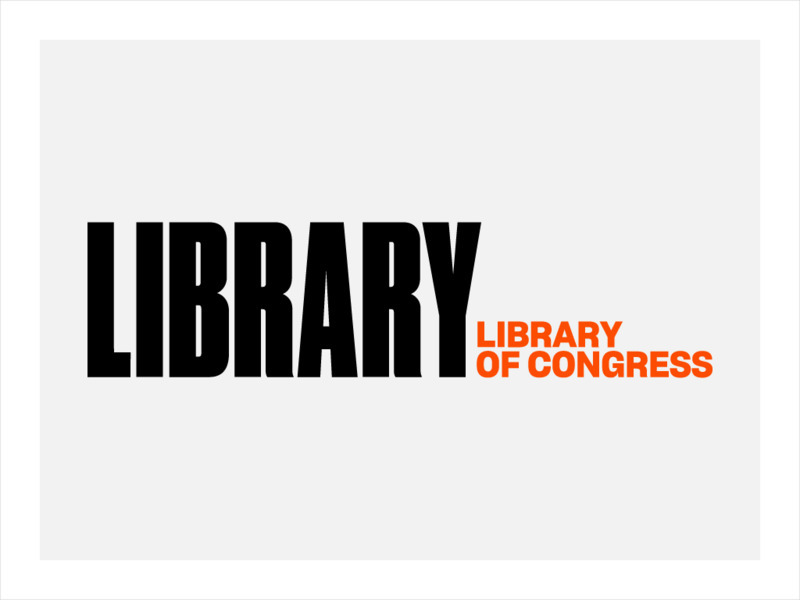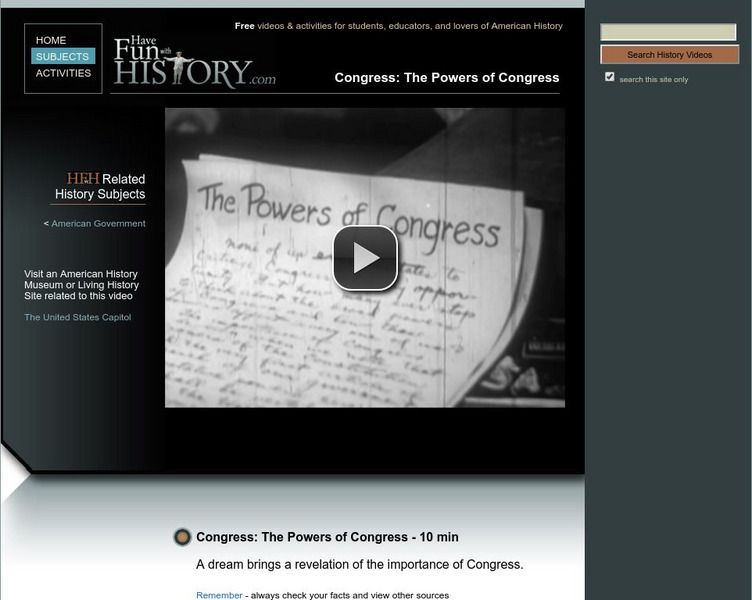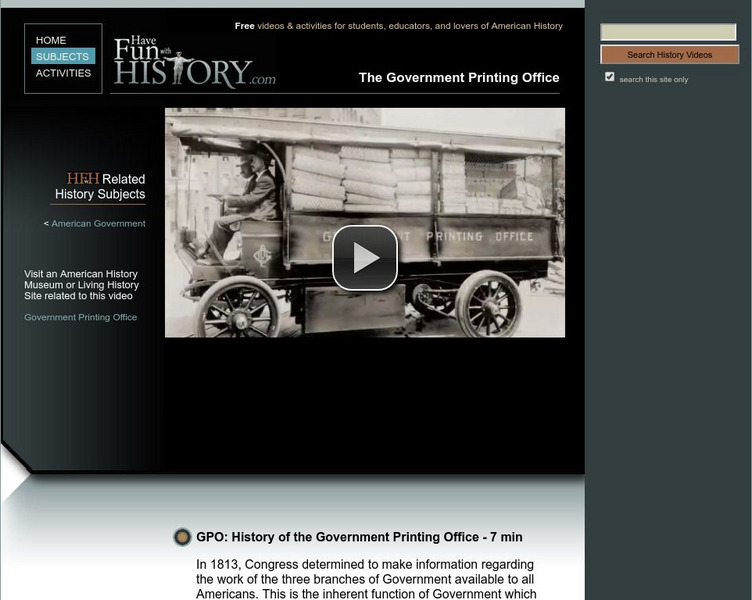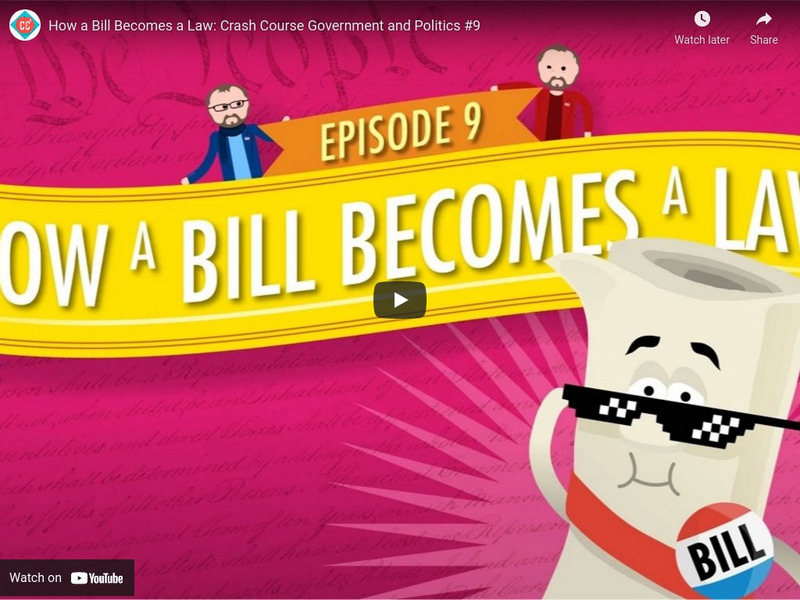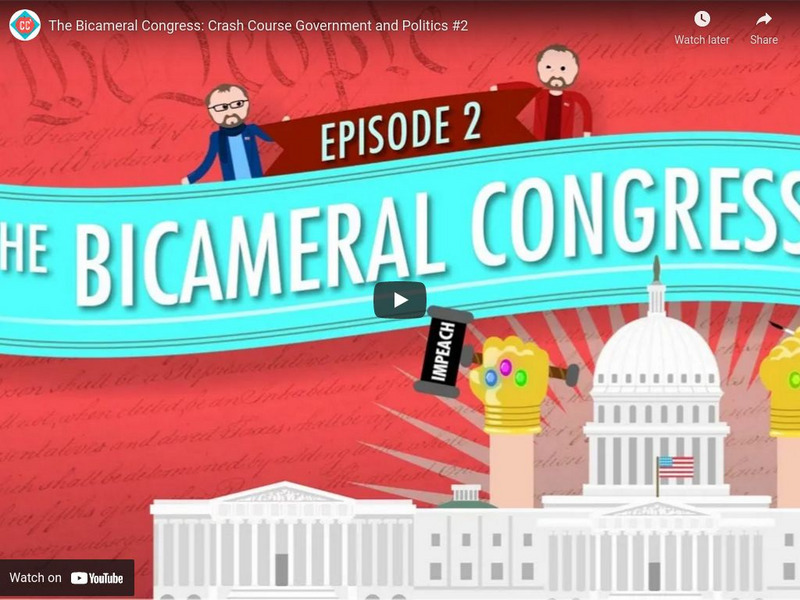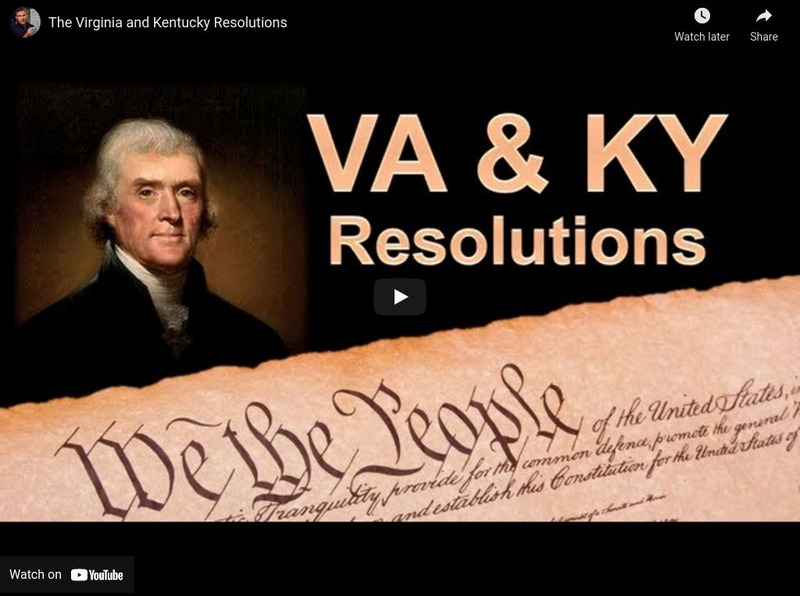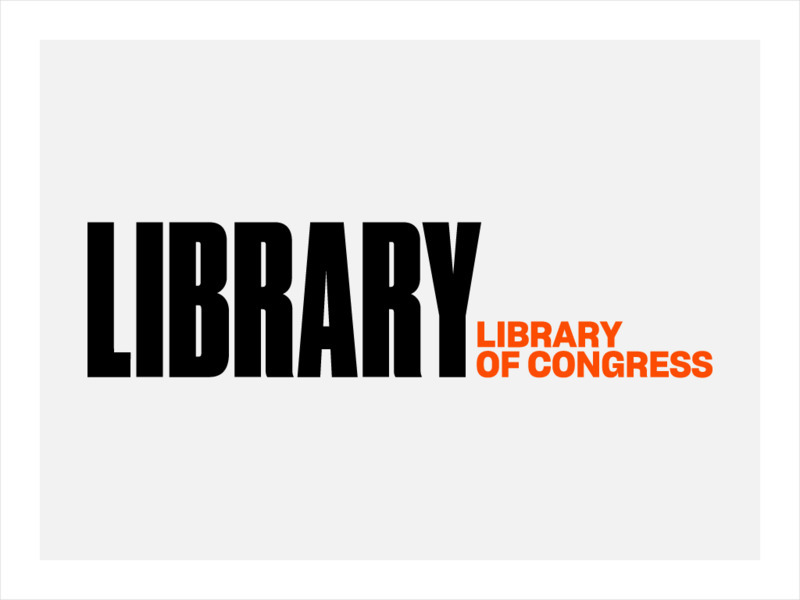Hi, what do you want to do?
Library of Congress
Loc: congress.gov: The Legislative Process: Executive Business in the Senate
The Senate has two unique responsibilities: the power to make treaties and the power to confirm presidential nominees. View this video to understand how these powers fit into the legislative process. A transcript is provided, along with...
Library of Congress
Loc: congress.gov: The Legislative Process: Resolving Differences
A bill must be agreed upon by both chambers before being submitted to the President. This brief video describes how the House and Senate resolve their differences. A transcript is provided, along with a chart of the entire legislative...
Backstory Radio
Back Story Radio: Stuck: A History of Gridlock
BackStory episode examines the topic of legislative standoffs in Congress by looking at the history of Congressional gridlock and evaluating the outcome. Audio and transcript are provided.
PBS
Pbs Learning Media: Founding Principles: Congress
Learn more about Congress and why it's so important for a healthy democracy. Through a study of foundational documents like the Constitution and completing a careful analysis of lawmaking (and lawmakers!) students learn why Congress is...
PBS
Pbs Learning Media: Founding Principles: Lawmaking
Learn about the details of lawmaking- how it works and how it sometimes doesn't work. Students watch video, examine the lawmaking process and pay special attention to recent Congressional filibusters. [12:56]
Have Fun With History
Have Fun With History: Congress: The Powers of Congress
Mr. Williams drops off to sleep for a few minutes to find himself confronted with a world in which Congress has been suspended and federal authority dissolved.
Have Fun With History
Have Fun With History: Gpo: Government Printing Office
In 1813, Congress determined to make information regarding the work of the three branches of Government available to all Americans. This is the inherent function of Government which GPO carries out for Federal agencies on behalf of the...
Have Fun With History
Have Fun With History: Meet Your Federal Government
An introduction and overview of the structure of the U.S. government. A high school senior discovers the makeup of our federal government and how the three branches of government work. [15:00]
Center For Civic Education
60 Second Civics: The Three Branches of Government Part 3: A Deliberative Body
The Framers of the Constitution wanted Congress to thoroughly debate issues and avoid corruption.
Center For Civic Education
60 Second Civics:the Three Branches of Government:broad Versus Enumerated Powers
How broad should be the powers of Congress? The Virginia and New Jersey plans proposed different visions of legislative power.
Center For Civic Education
60 Second Civics: Reasons to Separate the Judicial Branch
Why is the judicial branch independent of the president and Congress? We find out on today's podcast.
Center For Civic Education
60 Second Civics: Introduction to Congress
Explains the role of Congress in the American government, as a representative of people and of the states.
Center For Civic Education
60 Second Civics: Congress and the States: Part 1
Explains the rules around the election of members to the House of Congress, and how long they may serve.
Center For Civic Education
60 Second Civics: How Congress Functions: Pt. 15: Resolutions
Resolutions in Congress can be simple or joint. They can be proposals for laws, for constitutional amendments, or for other matters.
Center For Civic Education
60 Second Civics: How Congress Functions: Pt. 17: Bills in Committee
Bills are assigned to one or more committees when they first enter the House of Representatives or the Senate. They are examined, amended, then go to a hearing, which is often public, for further scrutiny.
Center For Civic Education
60 Second Civics: How Congress Functions: Pt. 18: Mark Up Sessions
Mark-up sessions are committee meetings that happen at a later stage in the process a bill goes through before a final vote in the Senate or the House.
Center For Civic Education
60 Second Civics: How Congress Functions: Pt. 29:investigative Power of Congress
Congress conducts investigations into many issues. Recently it has initiated more special investigative commissions, and this role has become as important as its lawmaking role.
Center For Civic Education
60 Second Civics:challenges to u.s. Participation in World Affairs: Treaties
Today we discuss the power of the president and Congress over treaties.
Sophia Learning
Sophia: Evaluating Sources: Lesson 2
This lesson will explain how to evaluate electronic sources. It is 2 of 3 in the series titled "Evaluating Sources."
Crash Course
Crash Course Government and Politics #9: How a Bill Becomes a Law
Crash Course video teaches about the many steps involved in a bill becomimg a law. [7:00]
Crash Course
Crash Course Government and Politics #2: The Bicameral Congress
Crash Course video in which Craig explains what it means to have a Bicameral Congress discussing some of the history behind our Legislative Branch. [9:04]
Tom Richey
Tom Richey: The Virginia and Kentucky Resolutions
U.S. History video in which teacher Tom Richey discusses the Virginia and Kentucky Resolutions and explains they were passed by lawmakers who questioned the constitutionality of the Federal Alien and Sedition Acts. [14:27]
Crash Course
Crash Course Government and Politics #13: Congressional Delegation
Crash Course video discusses reasons for and the ways in which Congress delegates responsibility and authority to outside agencies such as OSHA and the FDA. [6:15]
Library of Congress
Loc: congress.gov: The Legislative Process: Presidential Actions
This brief video describes the presidential veto power as part of the legislative process. A transcript is provided, along with a chart of the entire legislative process. [1:59]






